Search Results
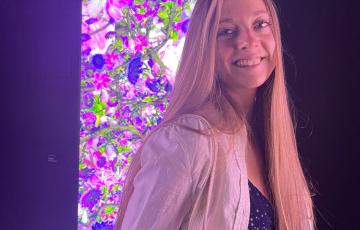
Katie
I was diagnosed with Leukemia when I was 20 months old. I endured treatment for a little over 2 years until I was declared cancer free. Since I was diagnosed so young, I do not remember the treatment. However, I do remember the support from The Leukemia and Lymphoma Society (LLS) as my family participated in the LLS’s Light The Night walk every year for the past 18 years!
William
The Leukemia and Lymphoma Society (LLS) holds a special place in my heart. I lost my mother to therapy associated with acute myeloid leukemia (AML) in July 2021. AML is a type of blood cancer that affects the bone marrow and blood. It can be very aggressive and progress rapidly without treatment. There are still certain forms of AML that do not have effective treatments, like the one my mother had. LLS was a resource I knew about from my work in solid tumor cancer research. It helped provide me with patient and caregiver resources that I needed at an extremely difficult time in my life.

Shar
For the past nine years as a physician assistant, I have had the privilege of taking care of acute leukemia, high-risk lymphoma and bone marrow transplant patients at the Intermountain Blood and Marrow Transplant Program. Throughout my years at this job, I have seen the struggles patients and their families face once they’ve been told “you have cancer.” I've enjoyed being an important part of our patients’ medical team, helping them heal physically and emotionally, but I wanted to do more.
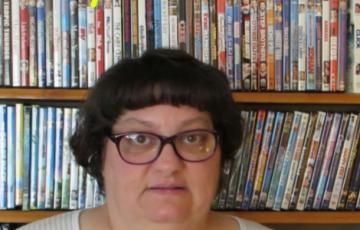
Angela
I was diagnosed with chronic lymphocytic leukemia (CLL) in April 2009. I was so devastated. The first thing that got me through was a friend who had just won his battle with leukemia. I hadn't seen him in about a year, but he popped up all of a sudden that day and gave me hope.
A couple of months later, the oncologist and I agreed I would go into a wait and see period. He said it would likely be 6-10 years before I needed any treatment. I made it almost 6 years. I began treatment in March 2015.
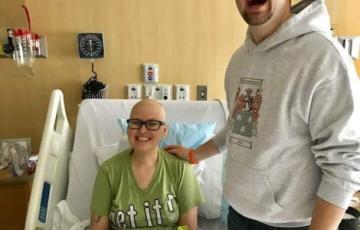
Maureen
My warrior daughter with mixed phenotype acute leukemia diagnosed on April 5, 2019 and my hero son, her BMT donor!
Psychological and Cognitive Effects
Psychological EffectsMost childhood survivors of cancer are psychologically healthy. However, some studies indicate that a small number of childhood leukemia or lymphoma survivors were more likely than healthy peers to report changes in mood, feelings or behavior, including depression or posttraumatic stress disorder (PTSD). Talk to your child’s healthcare team if you notice any changes in your child’s mood or behavior, especially if these changes begin to interfere with your child’s daily life.
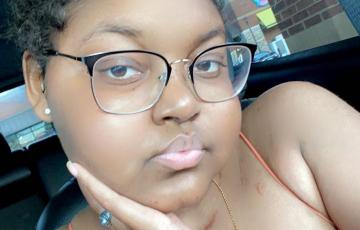
Caree
I was diagnosed with acute lymphocytic leukemia (ALL) in 2021 last year at the age of 21 years old. Over the year everything happened so fast.
LLS PedAL - A pillar of the Dare to Dream Project
Through LLS PedAL, The Leukemia & Lymphoma Society (LLS) is setting out to fundamentally change how children with pediatric acute leukemia, including acute myeloid leukemia and other high-risk leukemias, are treated.
Clinical Trials
Taking part in a clinical trial may be the best treatment choice for some myeloma patients. Clinical trials are under way to develop treatments that increase the remission rate of myeloma or cure the disease. Today's standard treatments for cancer are based on earlier clinical trials. The Leukemia & Lymphoma Society (LLS) continues to invest funds in myeloma research.
Charlene
Cancer. That is a word that is scary. So many of us have friends, family and co-workers that are impacted by some type of cancer, but you never think it will be you. The word conjures up fear. Fear of treatment, fear of death and fear of what will be expected of you to deal with and hopefully survive.

Sasha
When five-year-old Sasha had her birthday in June, there was more to celebrate this year — she had just gotten her port removed and was officially done with blood cancer treatment.
Sasha was just 2 years old when she was diagnosed with acute lymphoblastic leukemia in October 2017. She began intense treatment right away, which continued until right before her fifth birthday. Sasha spent countless days at the hospital fighting for her life and enduring the brutal side effects that came with treatment, but she never lost her charming personality and bright smile.
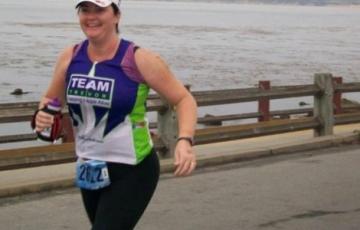
Jennifer
In 1985, 10-year-old Jennifer took to the stage to accept The Leukemia & Lymphoma Society’s (LLS) “Employee of the Year” award for her mother, Teresa McVay, who had lost her battle against chronic myelogenous leukemia earlier that year. That was Jennifer’s first time speaking on stage, but it would not be her last. Driven by her mother’s traumatic passing, Jennifer has been a public speaker on Adverse Childhood Events (ACEs), sharing her own experience with loss in order to bring awareness to the cause.
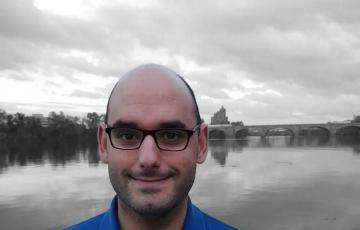
Zac
In 2019, at 32, several symptoms culminated and, in hindsight, were red flags to the disease progression of acute myeloid leukemia (AML). I was less than 90 days into a new job in residential construction. I did not pay attention to what my body was telling me (extreme fatigue, excessively bleeding gums after a dental exam, bruising, and petechiae on my chest and upper extremities). After a busy weeknight trip to the grocery store, my body made me stop to pay attention with a 103.2° fever. With that, I drove myself to the local emergency room.
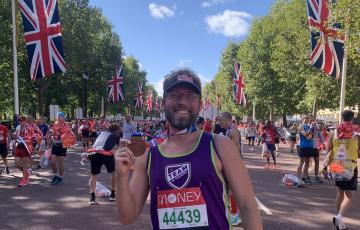
Adam
I am very blessed to be surrounded by supportive family and friends and of having persistent pressure to not ignore my health. Thank you!
Daniel
I was diagnosed with chronic lymphocytic leukemia (CLL) in March 2010 at the age of 48. The cancer advanced rapidly and I was treated with a fludarabine/cyclophosphamide/rituximab (FCR) regimen at MD Anderson in Houston and locally in my hometown of Raleigh, NC between January and July of 2011. The treatment achieved a partial remission. However, in September of the same year I was diagnosed with a large diffuse b-cell lymphoma tumor in my lung.
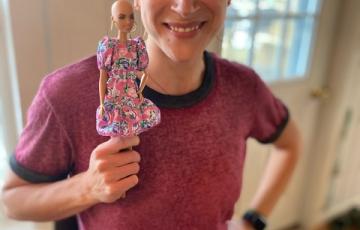
Karrah
I was first diagnosed with pre-B-cell acute lymphoblastic leukemia (ALL) in June of 2018. Like a whirlwind, I spent the next nine months fighting for my life, battling sepsis, liver failure, and receiving more transfusions than I could ever count. But I achieved remission for 18 months! And during those 18 months, I made every moment count. When my cancer came back in January of 2021, I was devastated, but we had a plan. If I achieved a second remission, I could have a bone marrow transplant and another chance at beating this.
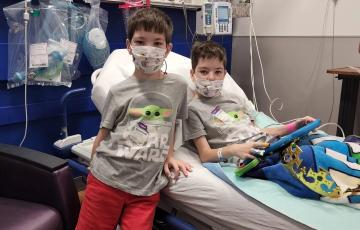
John
After six months of frequent hospital and doctor visits for unexplained fever, weakness, and changes in John's activity and personality, an ultimatum to his primary care pediatrician led to a blood draw. Finally, after so much unknown, we had an answer, B-cell acute lymphoblastic leukemia (ALL). This was May 24, 2022, exactly one month prior to John's 7th birthday. The news allowed us to understand, however, it also threw the entire family into chaos. We immediately endured 11 days of inpatient treatment and multiple procedures. John was strong but very scared and confused.

Bethany
I was 28, married for two years, and my husband and I had just celebrated our one year anniversary at my business, Gigi’s Cupcakes. But on March 30, 2012, that all changed.
Christa
I was diagnosed with acute lymphoblastic leukemia (ALL) at three years old. I experienced two and a half years of chemotherapy, lumbar punctures, blood transfusions, hair loss, and surgery. Since then, I have not wasted a single day. I live each day to the fullest, remembering a time when my future was unsure. I want to make the most of my second chance by striving to achieve what may seem like a challenge. My goal is to become a psychologist and specialize in the behavioral and cognitive development of children. I want to continue to be a part of The Leukemia & Lymphoma Society (LLS).
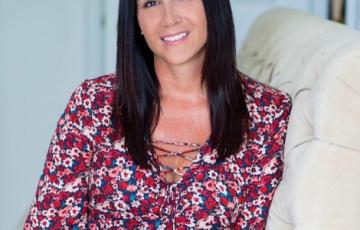
Lauren
"I am a chronic leukemia-fighting mother of 4 boys and wife. In 2009, I was diagnosed with Essential thrombocythemia (ET). The diagnosis came after having multiple cerebellar strokes caused by a certebral artery dissection and a platelet count of 1.5 million, which is more than 3 times the normal limit. I immediately was told that I would start oral chemo called Hydrea which I would remain on indefinitely or until a cure was found.
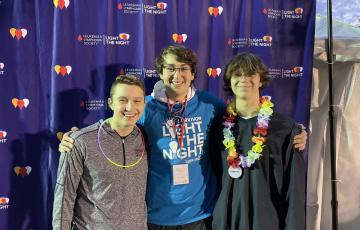
Ethan
When I was just under two years old, I was diagnosed with acute lymphoblastic leukemia (ALL). My brother was born just a few days later, and it became an extremely difficult time for my family. Because I was so young, I do not remember most of my treatments that lasted until I was almost five years old. The closest place for treatment was Children’s Mercy Hospital in Kansas City, Missouri, which was a three-hour drive away. Weekend trips to KC became normal, which meant lots of gas money and fast food.
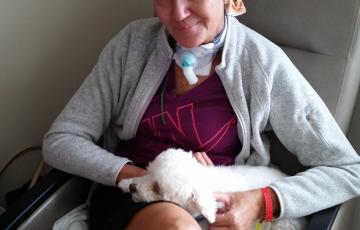
Cindy
On June 5, 2014, at the age of 53, I was diagnosed with acute myeloid leukemia (AML). I was admitted to the hospital the day my bloodwork came back with suspicions of leukemia. I spent the first month having weeklong bouts of chemotherapy. Following my second treatment, I crashed and was placed on a ventilator for two weeks followed by a tracheotomy that was kept in place for six months. This was a huge setback to my recovery as I was in the hospital for four continuous months. It was necessary for me to go to a rehab facility for a month to regain my strength.
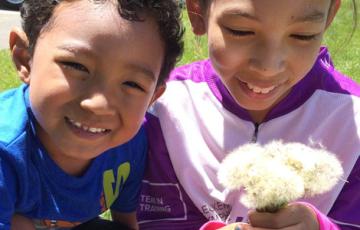
Brian
Brian Shaw (a.k.a. “Little Man”) is an energetic, happy, intelligent and compassionate six-year-old boy. For nearly a year, starting when he was four, several of those characteristics seemed submerged beneath the side effects of daily chemotherapy that followed his diagnosis with acute lymphoblastic leukemia. Though his treatments continue (3-1/2 years in total), the side effects have alleviated somewhat and Brian is getting back to his normal self, attending school, etc.
Ashlyn
My name is Ashlyn, and I am a leukemia survivor. At the age of 17, during my senior year of high school, I was diagnosed with acute myeloid leukemia (AML). AML is a rare cancer that affects your bone marrow and blood. My life changed on March 21, 2023, when I got this news. How could this be possible? Why me? Will I survive? These were some of the first few questions that entered my mind. I went through five rounds of chemotherapy and nine grueling months of being inpatient in the hospital. I wasn't able to go on my senior class trip to Disney World or attend senior prom.
Side Effects
Cancer therapy for hairy cell leukemia can sometimes produce side effects. For most patients, treatment side effects are temporary and go away once therapy ends. For other patients, side effects can be more severe, sometimes requiring hospitalization.
Before you undergo treatment, talk with your doctor about potential side effects. Drugs and other therapies can prevent or manage many side effects.